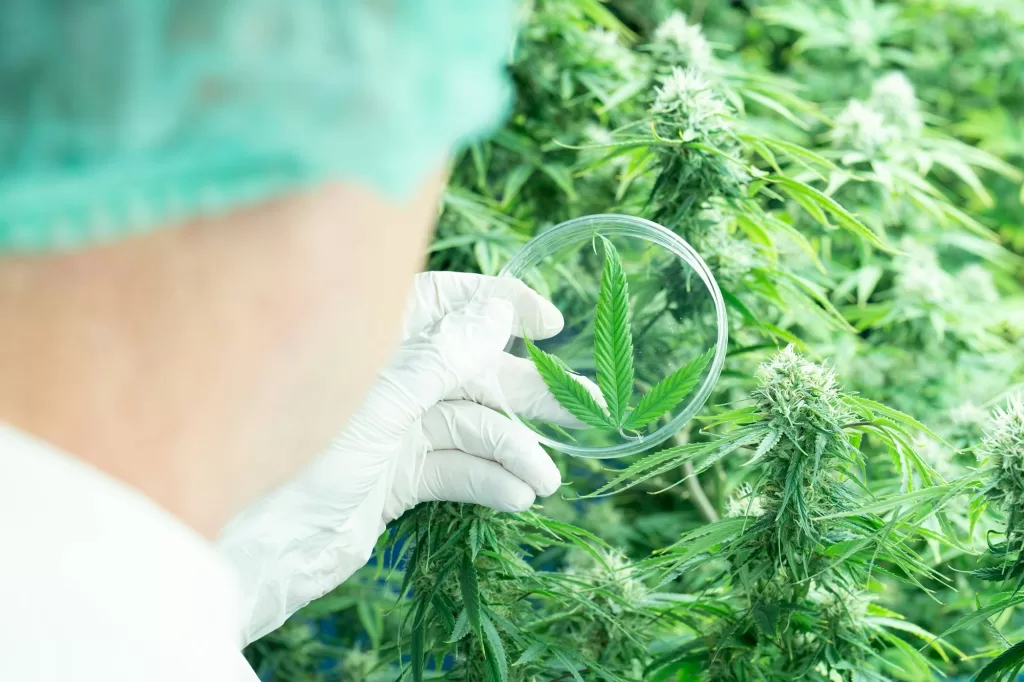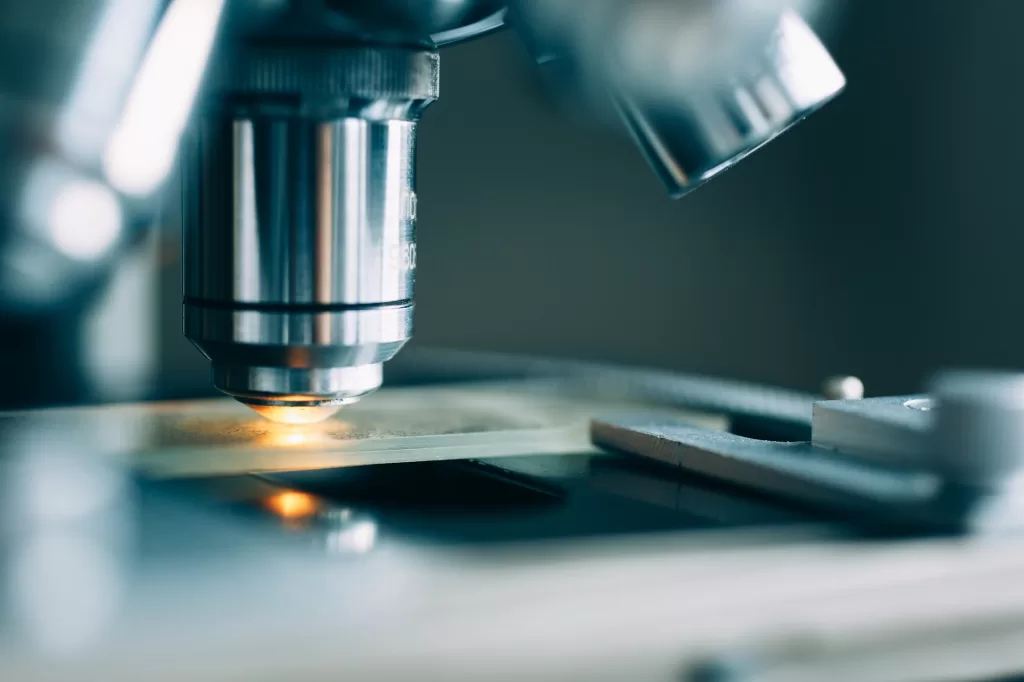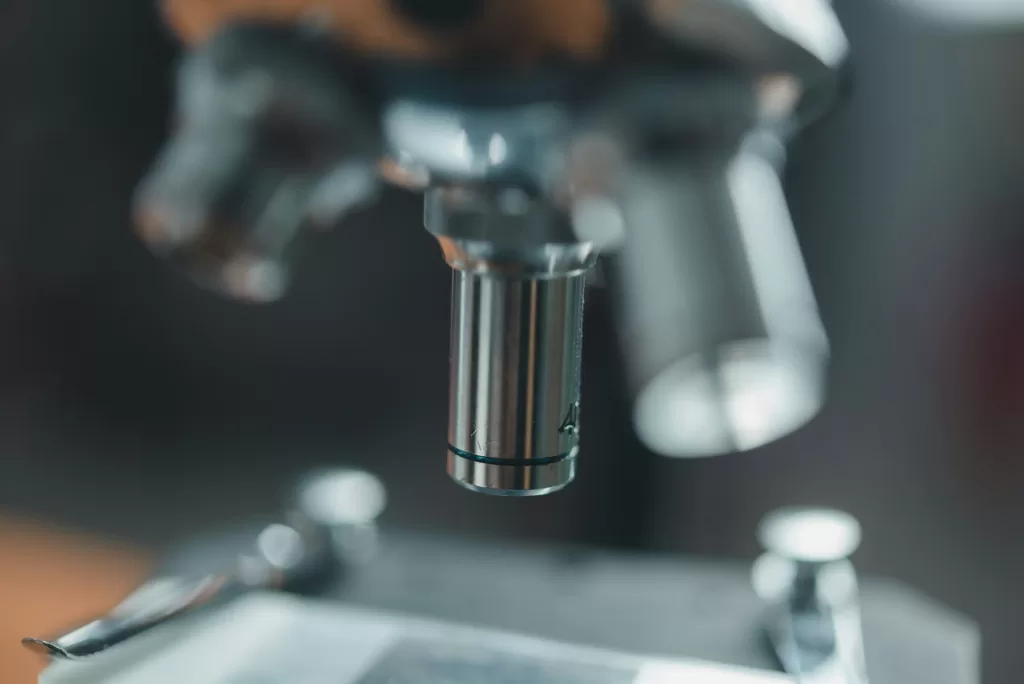Estimated reading time: 8 minutes
In our increasingly health-conscious world, the safety of the food we consume and the packaging it comes in is more important than ever. A key concern in this realm is the presence of Per- and Polyfluoroalkyl Substances (PFAS), chemicals commonly found in various consumer products, including food packaging. These substances, while useful for their durability and resistance to oil, grease, and water, pose significant health risks that cannot be overlooked. This blog delves into the unseen world of PFAS in food and packaging, highlighting the crucial role of rigorous testing in safeguarding public health and ensuring consumer protection.
Introduction
Per- and Polyfluoroalkyl Substances (PFAS) are a group of man-made chemicals prevalent in various consumer products, including food packaging. Known for their resistance to grease, water, and oil, PFAS are commonly used in materials like fast-food wrappers, pizza boxes, and microwave popcorn bags. However, their widespread use has raised significant health concerns. PFAS have been linked to various health problems, including cancer, hormone disruption, and immune system dysfunction.
Given their potential to migrate from packaging to food, testing for PFAS in food and packaging is vital. This blog will explore the critical role of testing in identifying and mitigating PFAS-related risks, ensuring consumer safety and health.
Understanding PFAS
The use of PFAS in food packaging presents a significant risk of food contamination. These chemicals can migrate from the packaging into the food, especially when exposed to heat or in contact with fatty, greasy, or acidic foods. This migration means that consumers can unknowingly ingest PFAS when consuming food that has been in contact with PFAS-containing materials. The risk is compounded by the fact that PFAS compounds do not break down easily, leading to their accumulation in the human body over time. This accumulation can lead to a range of health issues, as PFAS are known to affect various bodily systems.
Moreover, the environmental impact of PFAS is a growing concern. These chemicals can leach into the soil and water systems, entering the food chain through various pathways. The widespread use and disposal of PFAS-containing materials contribute to their presence in the environment, which in turn leads to indirect contamination of food sources. This environmental persistence and bioaccumulation underscore the need for careful management and testing of PFAS in food packaging, to limit exposure and safeguard public health.
Health Risks Associated with PFAS
PFAS exposure is increasingly linked to a range of serious health issues, drawing concern from both the public and the scientific community. Studies, such as those in the “Journal of Environmental Science and Health,” have indicated that long-term exposure to PFAS can disrupt developmental processes in children, leading to adverse outcomes in growth and learning. These chemicals are also known to interfere with hormonal functions, potentially impacting reproductive health and metabolic processes. Furthermore, the weakening of the immune system’s effectiveness due to PFAS exposure is particularly concerning. This can lead to reduced vaccine efficacy and increased vulnerability to infections.
The potential carcinogenic effects of PFAS, as reported in the “International Journal of Environmental Research and Public Health,” cannot be overlooked. The study highlights a disturbing correlation between PFAS exposure and an increased risk of cancers such as kidney and testicular cancer. Given their persistence in the human body and the environment, understanding and mitigating the health impacts of PFAS is of utmost importance.
Regulations and Standards for PFAS
The approach to regulating PFAS varies significantly between regions, with the European Union and the United States exemplifying these differences. The EU has been proactive in its stance against PFAS, implementing rigorous regulations under the REACH framework. This approach includes strict limits on the use of certain PFAS chemicals, with some facing complete bans due to their environmental and health risks.
This regulatory environment reflects the EU’s commitment to public health and environmental protection. On the other hand, the United States presents a more complex picture. While the EPA is working towards national guidelines for PFAS management, the current regulatory framework is more decentralized, with states having their individual regulations. This results in a patchwork of standards across the country, leading to inconsistencies in PFAS management and control. The absence of a unified federal policy means that the level of protection against PFAS varies greatly depending on the state, potentially leaving gaps in consumer safety and environmental protection.
The Role of Testing in Ensuring Safety
The significance of PFAS testing in food and packaging cannot be overstated when it comes to ensuring public health and safety. As PFAS are not naturally degradable, their persistence in the environment and potential accumulation in the human body make regular testing essential. The Environmental Working Group (EWG) emphasizes the importance of routine PFAS testing to detect these compounds in consumer products, thereby ensuring they meet established safety standards.
Testing helps identify and quantify PFAS, allowing manufacturers and regulatory bodies to take necessary actions to mitigate risks. It also serves as a critical step in monitoring compliance with regulations and standards, providing assurance to consumers about the safety of the products they use. For instance, the Food and Drug Administration (FDA) in the United States has implemented a proactive testing program for PFAS in food products, aiming to identify potential contamination and assess consumer exposure risks.
Testing Methods for PFAS
The detection and quantification of PFAS in food and packaging demand advanced and precise analytical methods. High-Performance Liquid Chromatography (HPLC) coupled with mass spectrometry (MS) stands at the forefront of these methods. As reported in the “Journal of Chromatography A,” HPLC-MS excels in its ability to accurately identify a broad range of PFAS compounds, even at very low concentrations. This is critical given the extensive variety of PFAS compounds and their differing chemical properties.
Another notable method is the Total Oxidizable Precursor (TOP) assay. This technique is designed to estimate the total PFAS load, including precursor compounds that could degrade into more harmful PFAS forms over time. The TOP assay is vital for comprehensive risk assessment as it captures a broader spectrum of PFAS compounds that may not be directly detectable initially.
Furthermore, Ion Exchange Chromatography (IEC) and Gas Chromatography-Mass Spectrometry (GC-MS) are also utilized in certain contexts for PFAS analysis. IEC is particularly useful in separating PFAS compounds based on their charge differences, while GC-MS is employed for volatile PFAS compounds. The choice of method often depends on the specific PFAS compounds being targeted and the matrix of the sample being analyzed.
Recent advancements in these testing methods continue to improve their sensitivity and accuracy, making them invaluable tools in the ongoing efforts to monitor and control PFAS contamination in food and packaging. The development of these methods is a dynamic field, with ongoing research focusing on enhancing detection capabilities and reducing the limits of quantification for PFAS in various matrices.
Challenges in PFAS Testing
The process of testing for PFAS is fraught with several intricate challenges. One significant hurdle is the extraordinary diversity and sheer number of PFAS compounds, each varying in its chemical structure and properties. This variance necessitates a comprehensive testing approach capable of accurately detecting a vast array of compounds. Another major challenge is the ultra-trace levels at which PFAS are often present. Detecting and quantifying these minuscule concentrations require highly sensitive and precise analytical methods, crucial for accurate environmental and health risk assessments.
In addition to these, the differing behavior of PFAS compounds in various matrices compounds the complexity of testing. PFAS in water, for instance, may behave differently than those in food or packaging materials, requiring tailored approaches for extraction and analysis. The evolving nature of PFAS research also poses a challenge; as new compounds are identified and their health effects better understood, testing protocols must adapt accordingly.
Finally, the interpretation of PFAS testing results is a nuanced area, given the ongoing debate and research into what constitutes safe levels of these compounds. Balancing sensitivity, specificity, and practicality in testing while navigating the evolving regulatory landscape adds further layers of complexity to PFAS analysis.
Central Florida Testing
In conclusion, the intricate challenges posed by PFAS in food and packaging underscore the necessity of choosing AccuScience Labs as your trusted partner for testing. AccuScience Labs’ state-of-the-art facilities, conveniently located in Central Florida, are staffed by a dedicated team of scientists with extensive experience in environmental science and PFAS analysis. Our commitment to the highest standards of safety and quality ensures that your products are thoroughly analyzed, delivering accurate, reliable results that safeguard your products’ integrity and protect public health.
What sets AccuScience Labs apart is our team’s background in environmental science, where many of our scientists have dedicated years to studying and mitigating the impacts of PFAS contamination. This expertise allows us to approach PFAS testing with a deep understanding of the compounds, their behavior in different matrices, and the evolving regulatory landscape. When you choose AccuScience Labs, you’re not just selecting a testing facility; you’re partnering with a team of experts who are passionate about ensuring the safety and quality of your products.
Our mission is to empower you with the knowledge and confidence that your products meet the highest standards of safety and quality. With AccuScience Labs, you have a partner that not only delivers accurate results but also provides insights and guidance to navigate the complex world of PFAS testing and regulation. Choose AccuScience Labs as your partner in ensuring the safety of your products and the well-being of the Central Florida community.
Related links:






